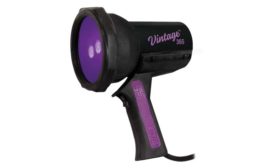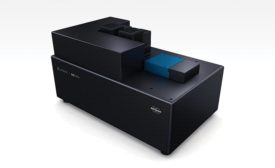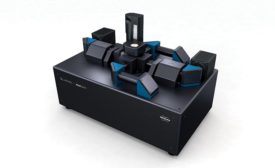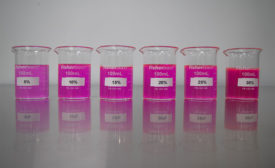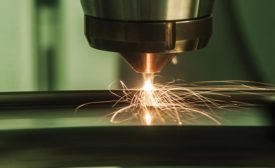Home » Keywords: » fluorescent
Items Tagged with 'fluorescent'
ARTICLES
Use of Method D Hydrophilic Emulsifier
Learn about the Method D liquid penetrant inspection nondestructive testing method, including basic steps for using a refractometer, preparing an emulsifier concentration chart, and determining hydrophilic emulsifier concentration.
October 8, 2018
Additive Manufacturing and Inspection Difficulties
Traditional nondestructive inspections are performed much the same for additive parts, but there are some new limitations introduced by the AM methods.
July 8, 2018
Stay in the know with Quality’s comprehensive coverage of
the manufacturing and metrology industries.
eNewsletter | Website | eMagazine
JOIN TODAY!Copyright ©2025. All Rights Reserved BNP Media.
Design, CMS, Hosting & Web Development :: ePublishing
